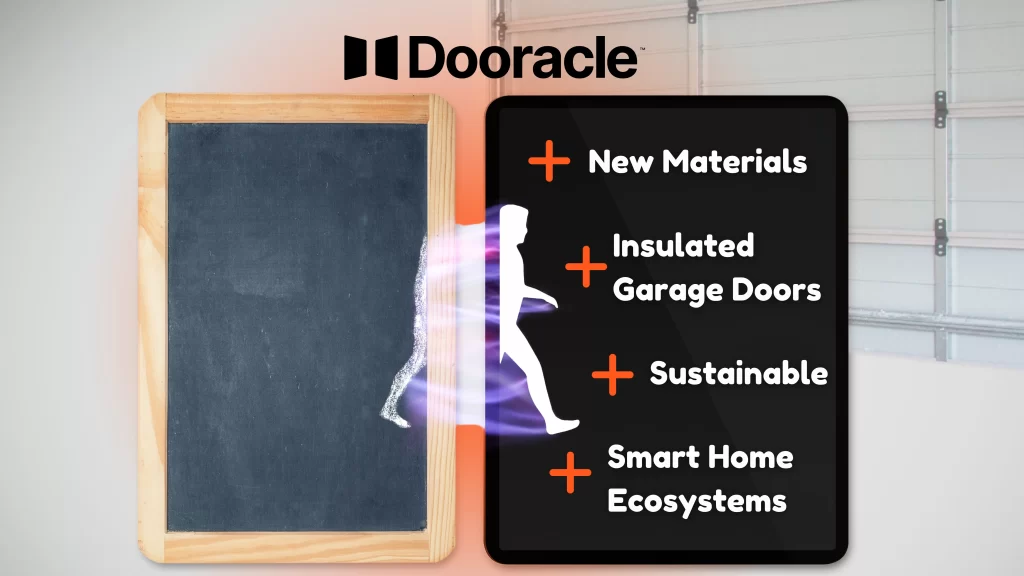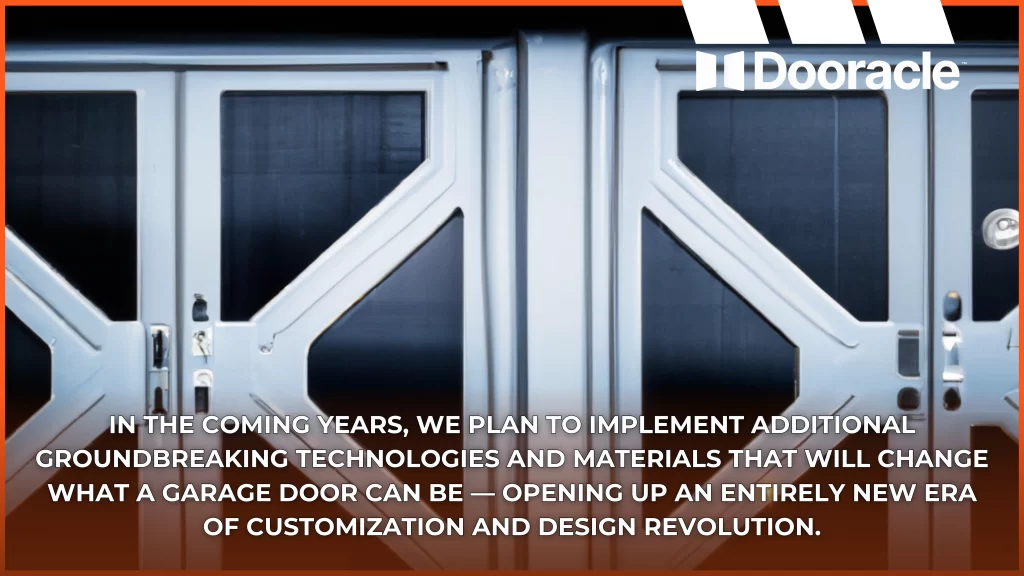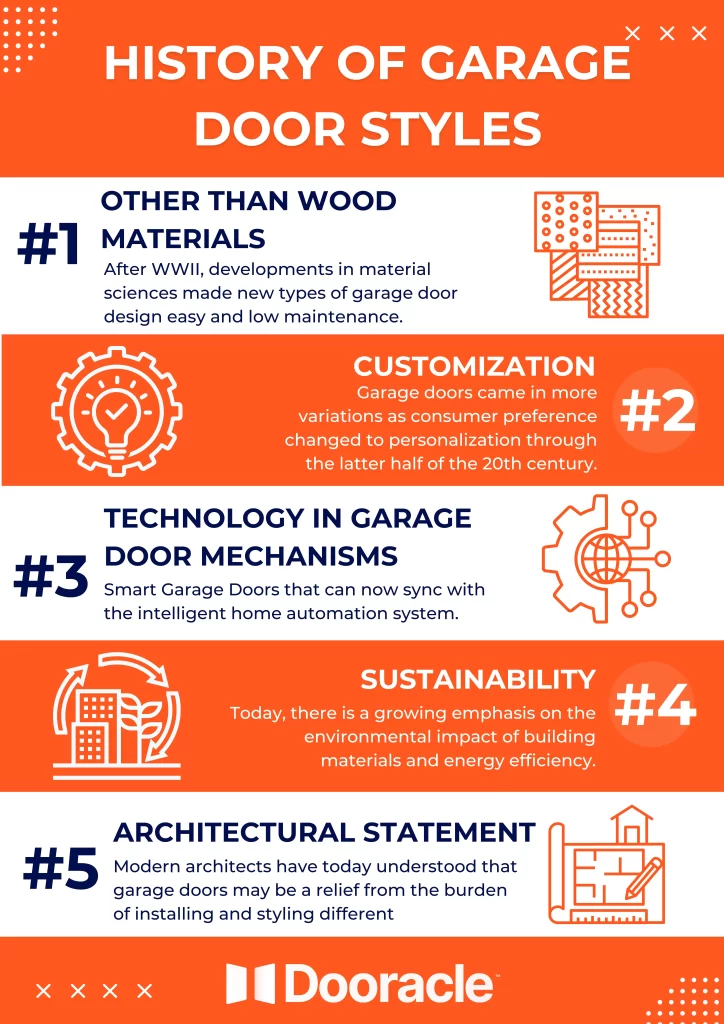History of Garage Door Styles: Traditional Vs. Modern

Over the years, garage doors have come along with a long way from being afterthoughts or strictly utilitarian portions of buildings to significant architectural features capable of significantly altering a home’s curb appeal. This progression mirrors larger trends in architecture, where what was once the transitional designs of a century ago give way to the simplicity and elegance that we now associate with these contemporary homes. This article will take you through the history of garage door designs over different periods and show how advancements in technology, materials, and aesthetic preferences have influenced what our garage doors look like now.

Ground Zero: Wood Carriage Doors
The irony is that the garage door derives its roots from carriage houses, which held horse-drawn carriages. Such doors were usually swing-out wooden doors that looked like the style of home. Because of the carriages, later, the first automobiles were to be secured in some small way as passengers.
Key Features:
- Manual swing-type doors.
- Solid Wooden Construction with Elaborate Designs to Match Estate Architectures.
A Brief History of the Overhead Garage Door
In the 1920s, as cars got to be more reasonable people who smoked needed a door opening out onto all the sidewalks. Overhead Garage Door The creation of the overhead garage door completely shifted how we think about getting in and out of our garages.
Development:
The innovation was introduced by C.G. Johnson in 1921 and meant the overhead garage door could be lifted, creating clearance for cars to get
inside without having their doors fly open or taking lots of space from your property with swinging outwards being a necessity.
After this new development came the sectional design crafted from several horizontal panels that were quickly connected and removed on tracks, as these specific doors filled up less living space when opened.
Introduction to Other Than Wood Materials
After WWII, developments in material sciences made new types of garage door design easy and low maintenance.
Innovations:
Steel Garage Doors: They were popularized because of their durability, strength, and how easily they were maintained. Steel doors might likewise be embossed with designs to provide the impact of wood doors.
Aluminum and Fiberglass:
Provided lighter option than steel, with non-corrosive properties plus flexibility in design.
4. Customization
Customization and diverse aesthetics era
Garage doors came in more variations as consumer preference changed to personalization through the latter half of the 20th century.
Trends:
- Modern Carriage House Style Doors: Brought back the charm of old carriage house doors but using the technology and convenience of sectional, roll-up mechanisms.
- Modern Designs: Developed with clean-lined, subtle patterns and using glass or metal material to fit new-world architecture.
Technology in Garage Door Mechanisms
The technical level these days: The use of technologies in a completely different way has simply made the work easy with new and old developing functionality (improvement) for garage-saving-1.
Technological Integration:
The introduction of automatic door openers in the 1950s set the stage for these systems to evolve progressively mapping solutions Automatic
Door Openers:
Introduced also during the 50s, the designs above have remained almost unchanged while updates on safety features such as auto-reverse mechanisms and rolling codes were added (and recently, software programs that make it possible to monitor fingerprint identification).
Recent advancements:
Smart Garage Doors that can now sync with the intelligent home automation system and you can control them through apps, making your life more secure and accessible.
The Role of Sustainability in Modern Garage Door Design
Today, there is a growing emphasis on the environmental impact of building materials and energy efficiency.
Sustainable Practices:
Insulated Doors– These doors are built to enhance thermal efficacy and help lower energy utilization costs as they keep the temperature inside the garage, intact.
Recyclable/reusable Products:
Using recycled materials and using recyclables more efficiently at their end of the lifecycle.
Architectural Statement Garage Doors
Modern architects have today understood that garage doors may be a relief from the burden of installing and styling different sets for various uses since they are embracing them as [part] an essential part of the architecture.
Architectural Integration:
Full-view Garage Doors — Glass panels that provide a subtle exterior-to-interior blending effect.
Custom Artwork- Others design their doors with custom print or just a simple image that is considered an art piece.
What We Can Expect in the Future for Garage Door Designs
In the future, garage door designs will likely continue to grow and change with technology as well as trends in architecture.
Future Directions:
Integration with Smart Home Ecosystems — continued improvements to connectivity and interoperability with other smart home devices
New materials research (Advanced Materials): Looking into the statutes of the future with the new and enhanced construction material offering durability, increased performance levels a flexible aesthetics.
Conclusion
As garage door styles have evolved from the traditional to the contemporary, they serve as symbols for changes in technology and lifestyle trends. Modern garage doors serve both functional and aesthetic purposes, and they must blend well with the overall design of the home. In the coming years, we plan to implement additional groundbreaking technologies and materials that will change what a garage door can be — opening up an entirely new era of customization and design revolution.

